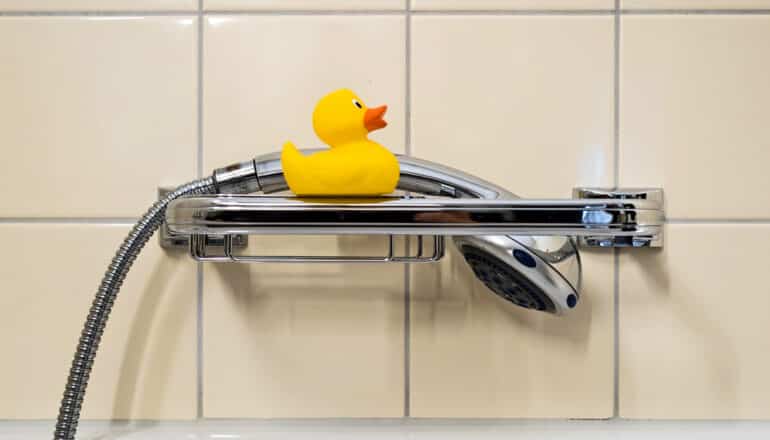
In 787 communities served by the United States’ largest utilities, 17% of households struggle to afford basic water services, according to a new analysis.
Nearly half the US population lives in the communities covered by the analysis, which appears in the journal PLOS Water. The analysis shows that 28.3 million people in those communities live in households that spend more than one day each month working to pay for water services and sanitation services.
“Safe, reliable water services are essential for everyone to thrive, but a substantial number of Americans may be finding them difficult to afford,” says lead author Lauren Patterson, senior fellow at Duke University’s Nicholas Institute for Energy, Environment, and Sustainability. “When costs rise faster than incomes, it strains the budgets of a wide swath of US households already struggling to make ends meet, as well as utilities trying to adequately serve their customers.”
Utilities in the United States receive limited federal or state investment to cover the costs of infrastructure, treatment, operations, and maintenance. Instead, they largely rely on fees charged to households and businesses that access their services. While costs have steadily risen for utilities over decades, their customer bases have seen a widening gap between higher- and lower-income households.
Over nearly two years starting in 2020, the Aspen Institute and the Water Policy Program at Duke’s Nicholas Institute convened a series of discussions with US water leaders to address the economic, environmental, and equity concerns around water affordability. A smaller roundtable group met in late 2021 and early 2022 to develop principles and recommendations to help make water services reasonably accessible for everyone while keeping utilities solvent.
One of the key findings of the roundtable is that “the affordability challenge is inadequately defined and measured.” The Duke research team set out to address that with the PLOS Water study.
For their analysis, the authors assumed 6,000 gallons of water per month would be enough to meet the basic water needs of an average US household. Water services were defined as affordable if they cost less than 4.6% of monthly income, equal to a day’s worth of labor at minimum wage.
The study focused primarily on utility systems that serve more than 100,000 people. When the authors repeated the analysis for systems with fewer than 10,000 people, they found the average customer paid even more each month compared to larger systems, and unaffordability was more pervasive.
As the authors also note, the thresholds that they used are subjective. They developed an interactive data visualization tool that enables users to adjust the definitions of water usage (2,000–12,000 gallons per month) and financial burden (1–10% of monthly income).
“If anything, our estimates of the breadth of water unaffordability are on the conservative side,” says coauthor Sophia Bryson, a graduate of the Nicholas School of the Environment who now works as an environmental scientist at LimnoTech. “No matter how strictly we set the parameters, we found households struggling to pay their water bills in every single community in our sample. This is a systemic issue for the water sector that is not limited to a specific region, nor strictly urban or rural communities.”
The study cites myriad factors for the widespread nature of the affordability challenge—including low household incomes, increased regulatory costs, increased energy costs, aging infrastructure, population loss, climate change, and the rising costs of capital associated with finance.
In discussing the policy implications of their analysis, the authors write that utility customer assistance programs and other safety net measures are critical to immediately help households unable to pay their bills. Over the longer term, however, the diverse factors that have led to higher utility costs and income inequality “will require approaches that incorporate finance, governance, equity and span from the local to the state and federal scale.”
“Congress passed the Safe Drinking Water Act in 1974 after a nationwide survey showed 14% of households were getting drinking water that didn’t meet basic public health guidelines,” says coauthor Martin Doyle, director of the Water Policy Program at the Nicholas Institute for Energy, Environment, and Sustainability and professor of river science and policy at the Nicholas School of the Environment. “If that was enough to draw nationwide attention to water quality, then perhaps a similar focus on water affordability is warranted now.”
This analysis had funding from Spring Point Partners through its Delta Water Innovators program.
Source: Duke University
The post Water is too expensive for at least 28.3M Americans appeared first on Futurity.
from Futurity https://ift.tt/6yXcopT
No comments:
Post a Comment